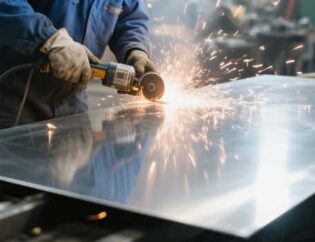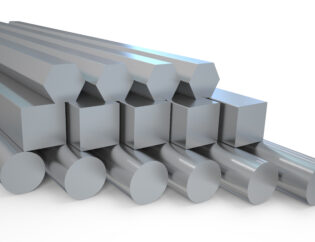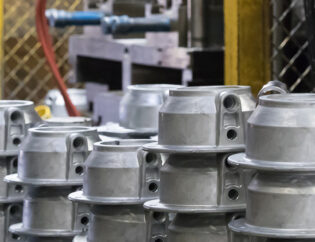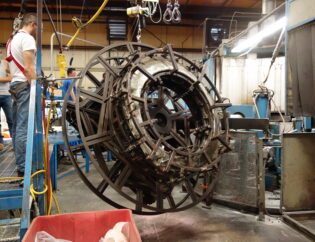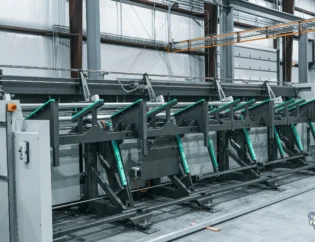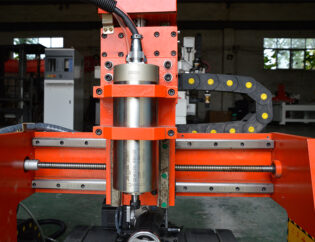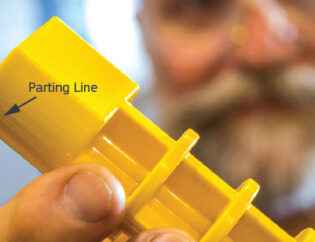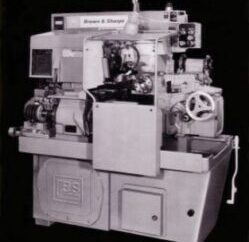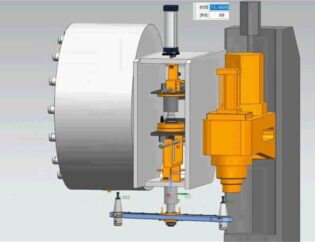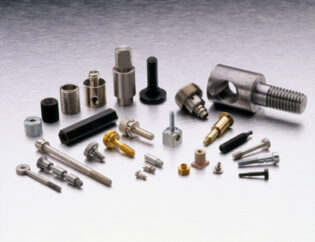CNC milling is a cornerstone of modern manufacturing, transforming raw materials into precision-engineered components. Understanding the various components of CNC milling machines is essential for anyone involved in machining, whether you’re a novice or an experienced technician. This guide will delve into the critical parts of CNC milling systems, their functions, and how they contribute to the overall machining process.
Readers can expect to gain a comprehensive understanding of essential components such as the spindle, tool holders, and worktables. Each section will break down the role of these parts, their significance in achieving accuracy, and how they interact within the milling process. By the end of this guide, you will be equipped with the knowledge to optimize CNC milling operations effectively.
Additionally, we will explore common challenges faced in CNC milling and how understanding these components can lead to improved efficiency and reduced downtime. This guide aims to empower readers with practical insights that can be applied in real-world scenarios, enhancing both skill and confidence in CNC milling practices.
The Essential Guide to CNC Milling Components
With the new advancements in technology, it is easier than ever to manufacture desired parts. Computer Numerical Control (CNC) has been a game-changer in the manufacturing world. It involves using preprogrammed computer software to control the movement and precision of machine tools. CNC milling is often used in various CNC machining projects to produce high-quality parts efficiently.
Understanding CNC Milling
CNC milling is a subtractive manufacturing process that uses computer-controlled machines to remove material from a workpiece to create the desired shape. This process is highly precise and can produce complex parts with tight tolerances. Common types of CNC machines include CNC lathe machines, CNC milling machines, CNC routers, 3D printers, and laser and plasma cutters.
In this guide, we will explore the essential components of CNC milling machines, their technical features, and the differences between various types of CNC machines.
Key Components of CNC Milling Machines
CNC milling machines consist of several critical components that work together to ensure efficient and precise machining. Below is a detailed overview of these components:
CNC Controller
The CNC controller is the brain of the machine, responsible for interpreting G-code and controlling the movements of the milling machine. It eliminates the need for manual machining, allowing for automated operations.
Column and Base
The column and base provide structural support and stability to the machine. Typically made of cast iron, they resist vibrations and ensure high-quality machining.
Knee
The knee is a movable component that allows for vertical adjustments of the work table. It is connected to the column and can be adjusted manually or automatically based on the G-code.
Saddle
Positioned between the knee and the work table, the saddle supports the workpiece and allows for both vertical and horizontal adjustments.
Feed Mechanism
The feed mechanism controls the movement of the workpiece in three dimensions: vertical, longitudinal, and transverse. It consists of electrical motors that receive signals from the CNC controller.
Work Table
The work table is where the machining operations occur. It is typically made of cast iron and features T-slots for securing the workpiece.
Spindle
The spindle holds and drives the cutting tools. It is linked to the main motor and rotates at specified speeds based on the G-code.
Tool Changer
An automatic tool changer allows the CNC machine to switch between different tools without manual intervention, enhancing efficiency during complex operations.
Control Panel
The control panel is the operator’s interface with the CNC machine, allowing for command input, monitoring, and adjustments.
Technical Features of CNC Milling Machines
The following table summarizes the technical features of CNC milling machines:
| Feature | Description |
|---|---|
| Precision | High precision with tolerances as low as +/- 0.005 mm |
| Automation | Automated operations reduce human intervention and increase efficiency |
| Versatility | Capable of machining various materials, including metals and plastics |
| Speed | Fast production capabilities with quick turnaround times |
| Complexity | Can handle complex geometries with advanced 5-axis machining capabilities |
| Control | CNC controllers provide real-time feedback and error detection |
Types of CNC Machines
CNC machines come in various types, each designed for specific applications. Below is a comparison of different types of CNC machines:
| Type | Description |
|---|---|
| CNC Milling Machine | Used for machining flat and irregular surfaces; versatile for various materials |
| CNC Lathe Machine | Primarily for cylindrical parts; rotates the workpiece against a stationary tool |
| CNC Router | Ideal for cutting and shaping materials like wood, plastic, and composites |
| 3D Printers | Additive manufacturing machines that build parts layer by layer |
| Laser Cutters | Use focused laser beams to cut or engrave materials |
Conclusion
CNC milling machines are essential tools in modern manufacturing, offering precision, efficiency, and versatility. Understanding the components and features of these machines is crucial for anyone involved in CNC machining. Whether you are exploring services from companies like www.madearia.com, www.xometry.com, www.cncmasters.com, jetcrafted.com, or www.runsom.com, knowing the ins and outs of CNC milling can significantly enhance your production capabilities.
FAQs
1. What is the primary function of a CNC controller?
The CNC controller interprets G-code and controls the movements of the milling machine, automating the machining process.
2. How does the feed mechanism work in a CNC milling machine?
The feed mechanism controls the movement of the workpiece in three dimensions, using electrical motors that receive signals from the CNC controller.
3. What materials can be machined using CNC milling machines?
CNC milling machines can machine a variety of materials, including metals, plastics, and composites.
4. What is the advantage of using an automatic tool changer?
An automatic tool changer allows the CNC machine to switch between different tools without manual intervention, increasing efficiency during complex operations.
5. How precise are CNC milling machines?
CNC milling machines can achieve high precision with tolerances as low as +/- 0.005 mm, making them suitable for intricate machining tasks.

